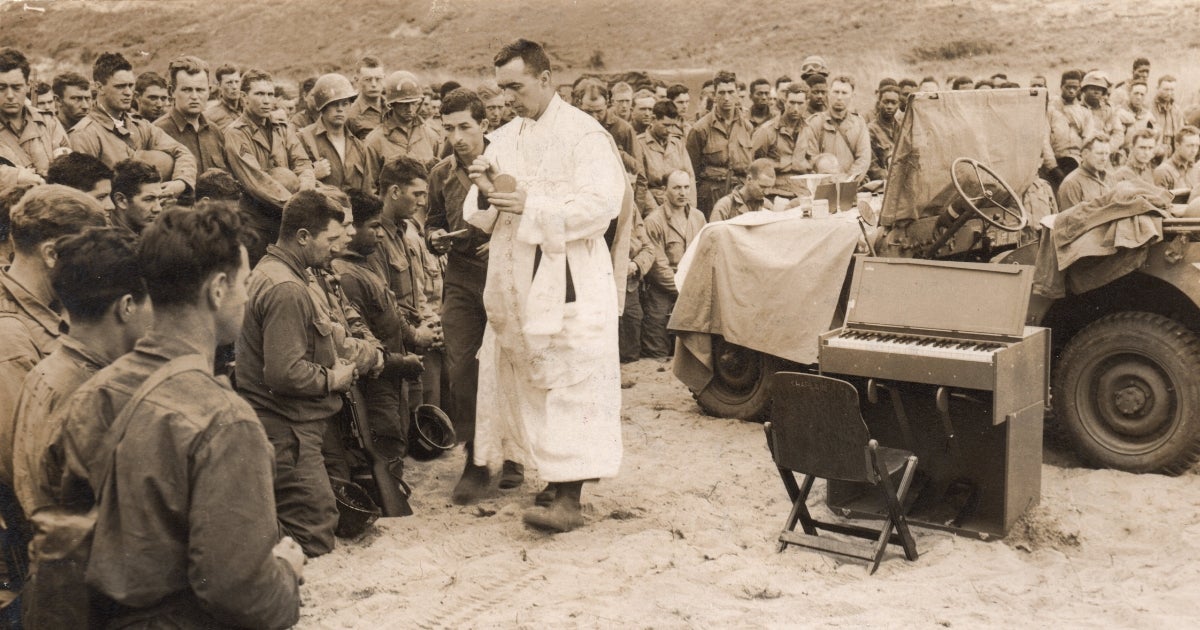
by Logan Tantibanchachai • 4 min read
Thursday, June 6th marks the 80th anniversary of the WWII D-Day invasion, when more than 150,000 American, British and Canadian forces landed on five beaches along a fifty mile stretch of the heavily fortified coast of France’s Normandy region.
This remarkable military operation was a pivotal turning point in the Allied liberation of Western Europe from Nazi Germany’s control.
Vivid reenactments of D-Day, like Saving Private Ryan, offer images of young soldiers huddled shoulder-to-shoulder landing on the mine-riddled beach while German machine guns rain fire on them. These reenactments show us the risk these soldiers took. In fact, the operation was so risky that Dwight Eisenhower, the Supreme Allied Commander of the Allied troops at the time, drafted a message in case the operation didn’t go as planned. These soldiers were going into a mission that even their commander thought could fail.
How did they manage to maintain such courage and bravery in the face of evil? Through faith.
When remembering D-Day, we often forget or overlook how crucial faith was in the success of one of the most risky and complex military operations in history.
U.S. President Franklin D. Roosevelt recognized that physical force and tactical preparedness alone were not enough to execute this grand military strategy. He knew that leading these troops to victory would require spiritual strength to complete the daunting task before them.
His radio address to the nation on June 6, 1944 took on the form of a prayer:
“Almighty God: Our sons, pride of our Nation, this day have set upon a mighty endeavor, a struggle to preserve our Republic, our religion, and our civilization, and to set free a suffering humanity…O Lord, give us Faith. Give us Faith in Thee; Faith in our sons; Faith in each other; Faith in our united crusade. Let not the keenness of our spirit ever be dulled.”
Faith. President Roosevelt repeated this word five times. At the center of President Roosevelt’s prayer was faith; a steadfast commitment to faith even in the face of great evil.
President Roosevelt’s commitment to maintaining the spiritual fitness of the military started years before D-Day. At government expense, President Roosevelt directed the printing and distribution of the Bible to troops and stated, “I take pleasure in commending the reading of the Bible to all who serve in the Armed Forces of the United States.” In 1942, President Roosevelt said “we will never fail to provide for the spiritual needs of our officers and men under the Chaplains of our armed forces.”
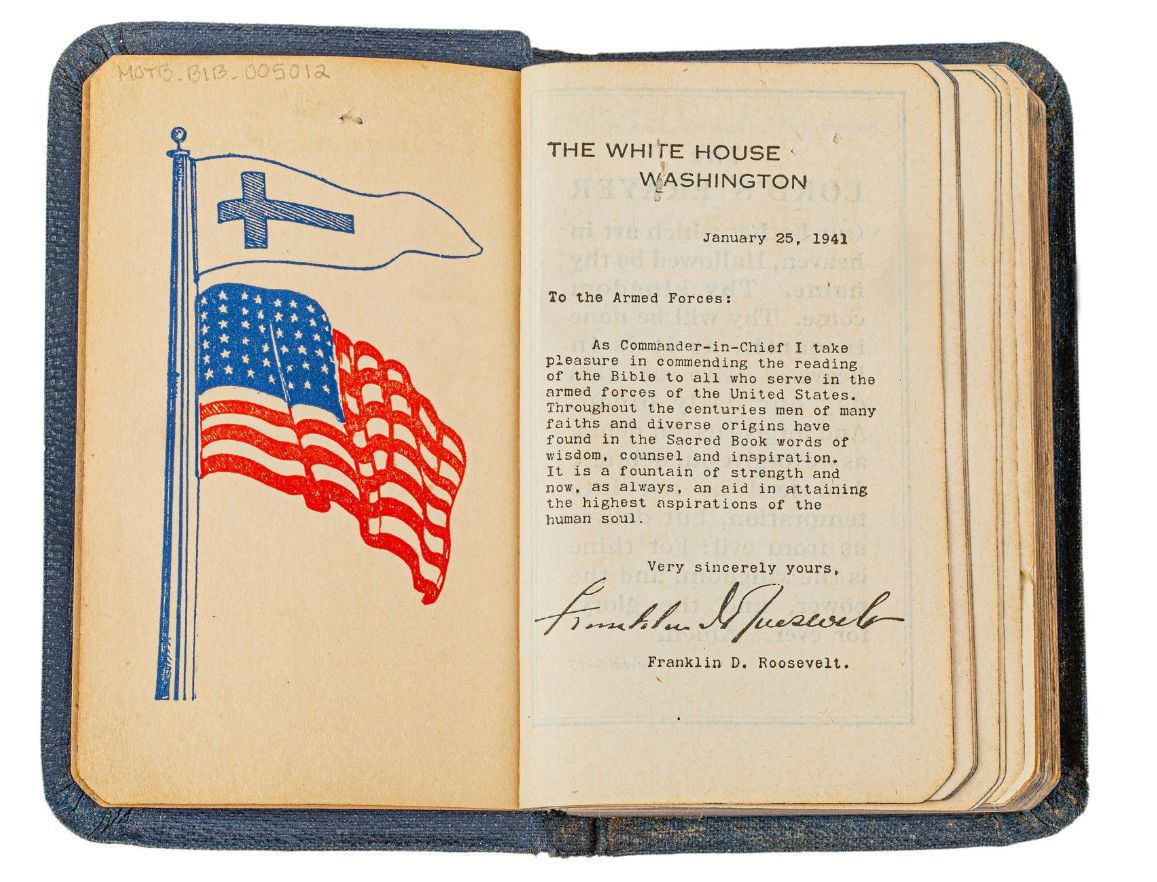
But our service members didn’t simply receive a Bible before going off to fight. Supporting American and Allied troops as they charged into enemy lines were military Chaplains.
Whether on the frontlines of the D-Day invasion, or across other WWII operations in the Pacific and elsewhere, military Chaplains served gallantly alongside those fighting in the air, land, and sea…giving them hope, encouragement and at times paying the price with their own lives in service to their fellow brothers.
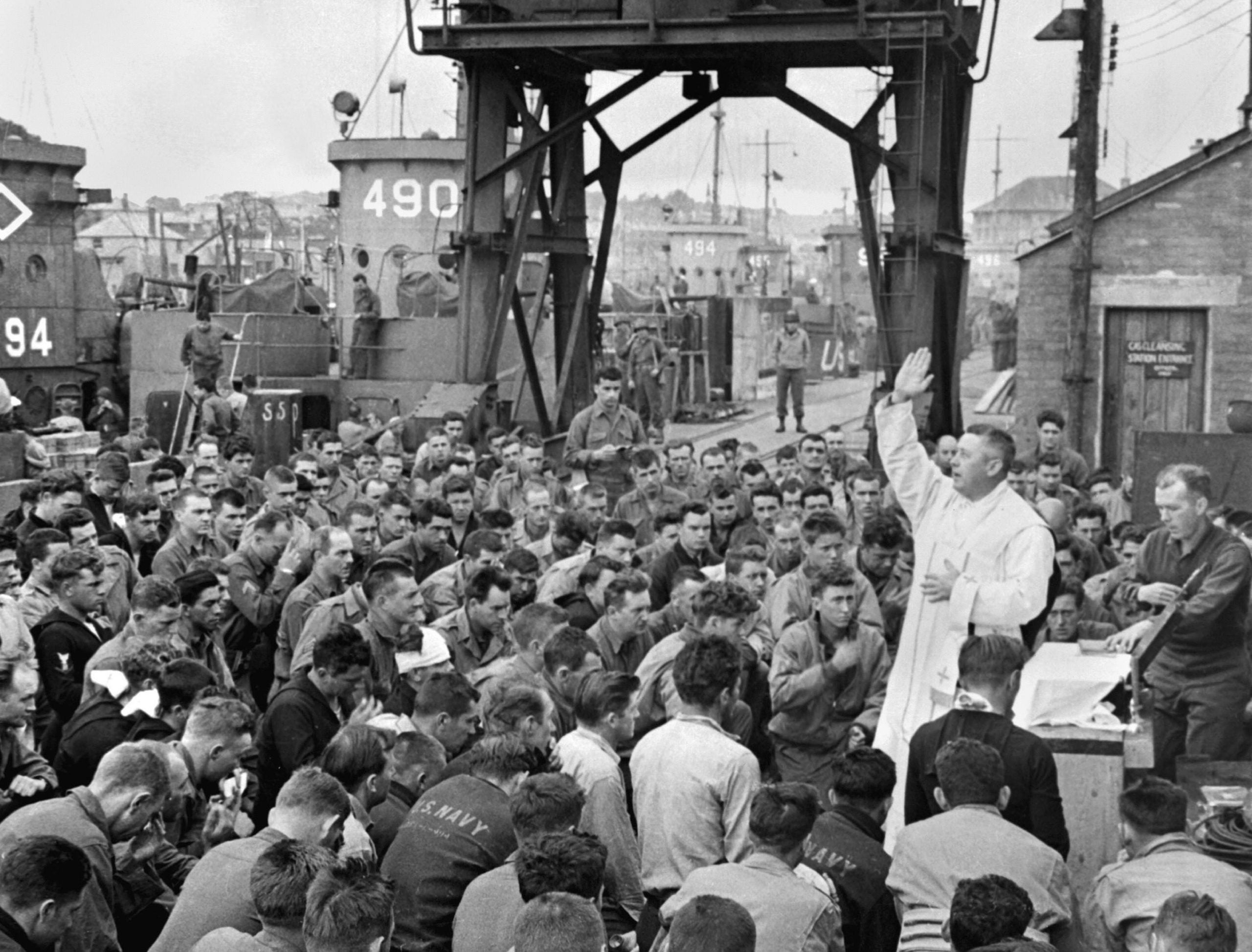
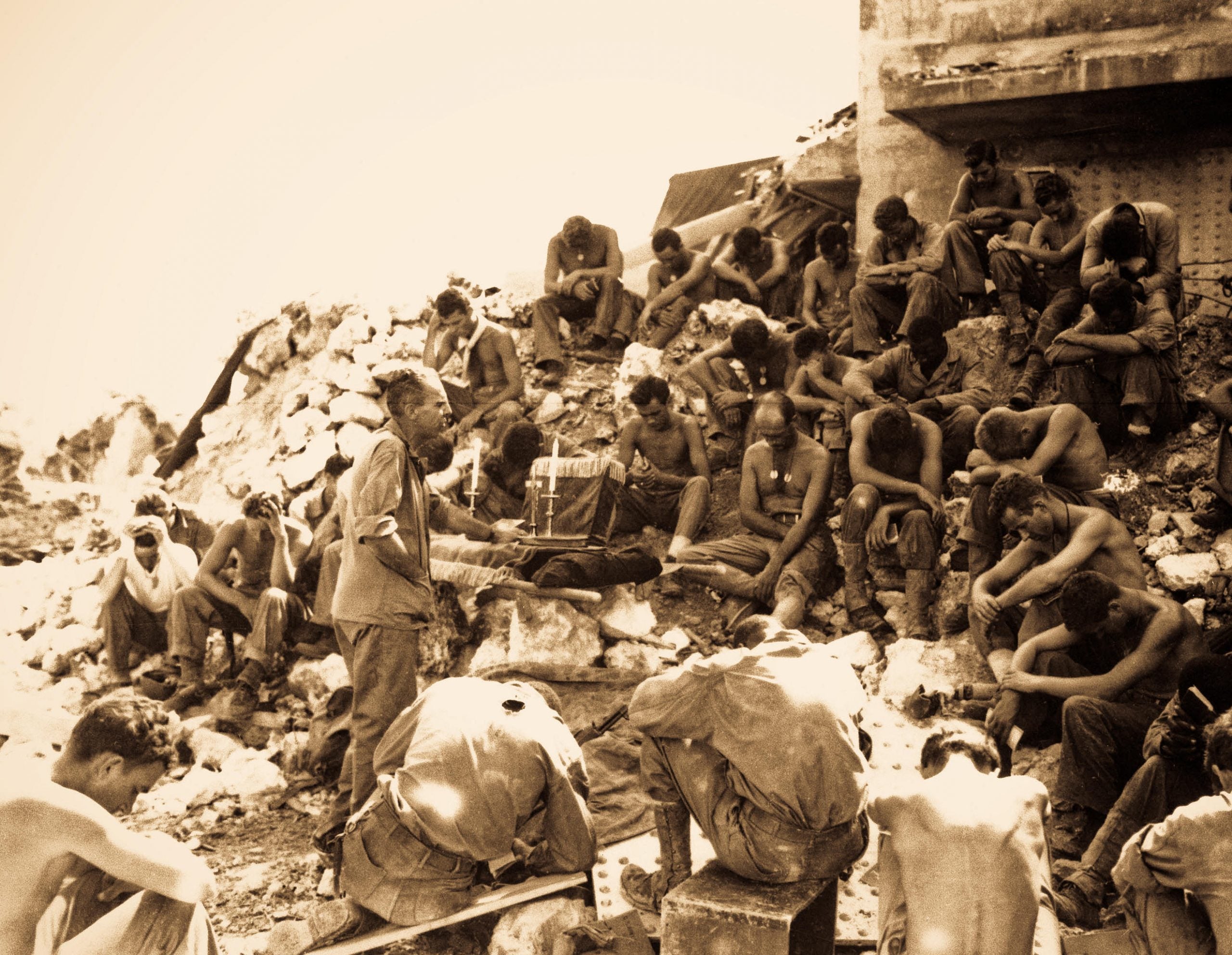
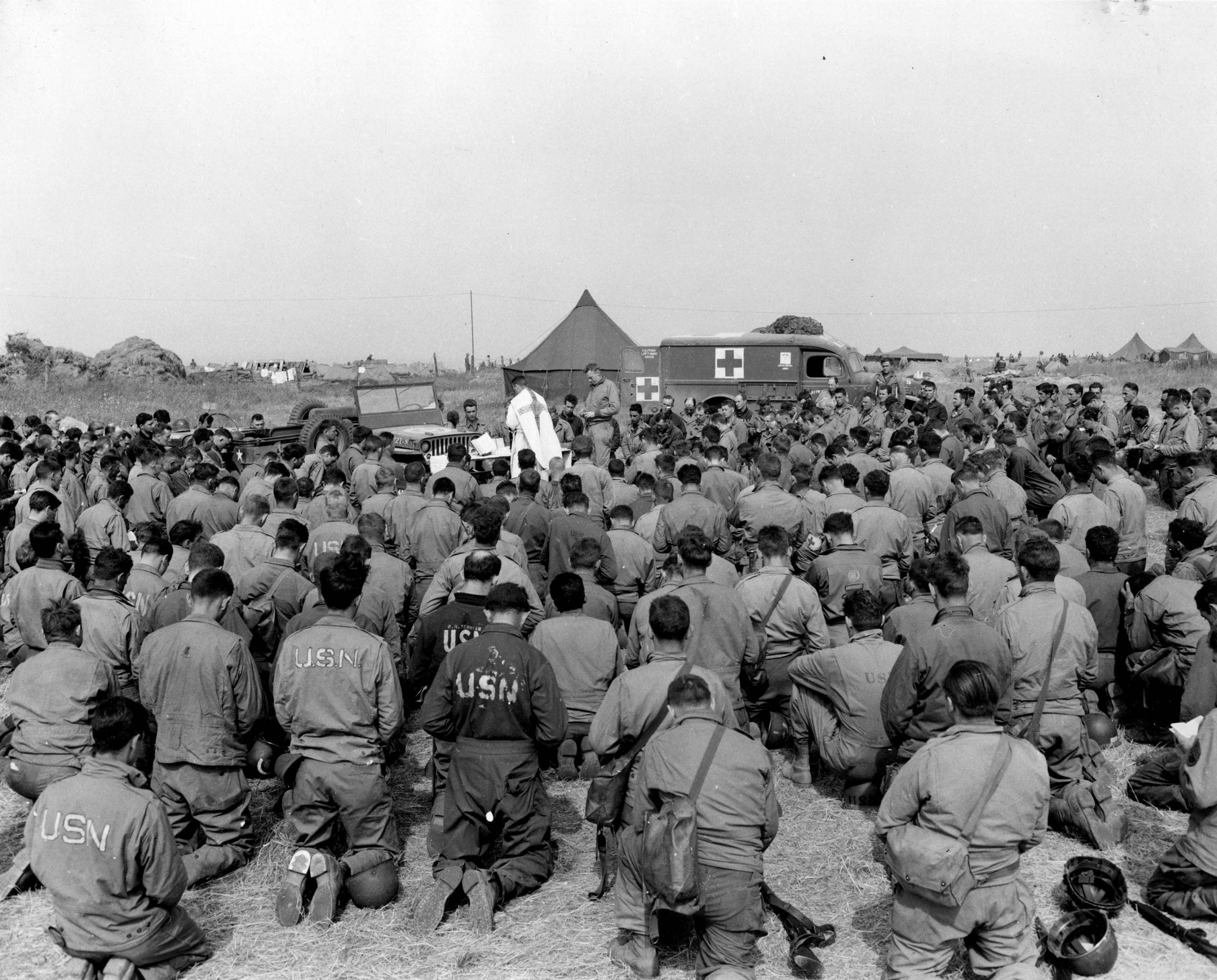
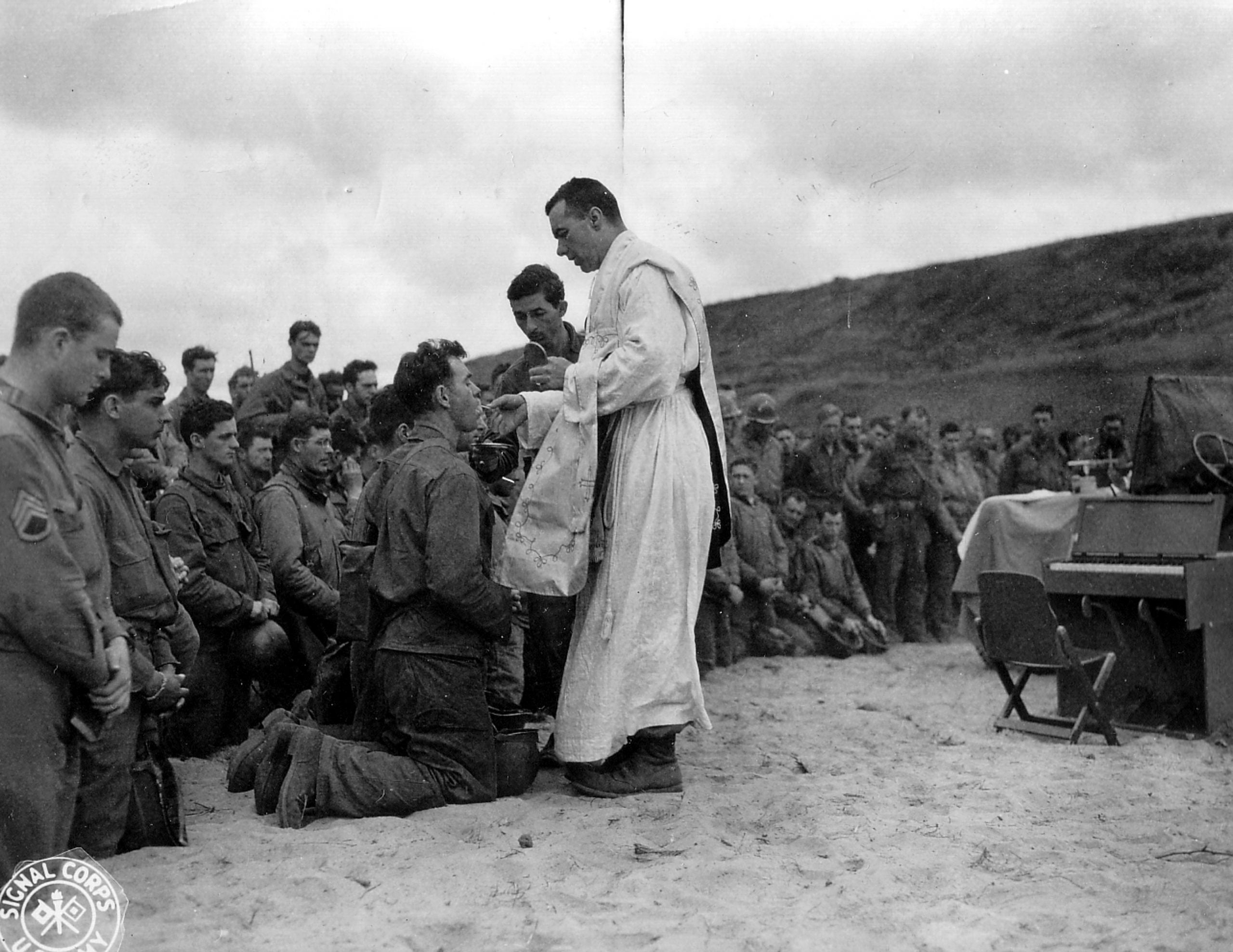
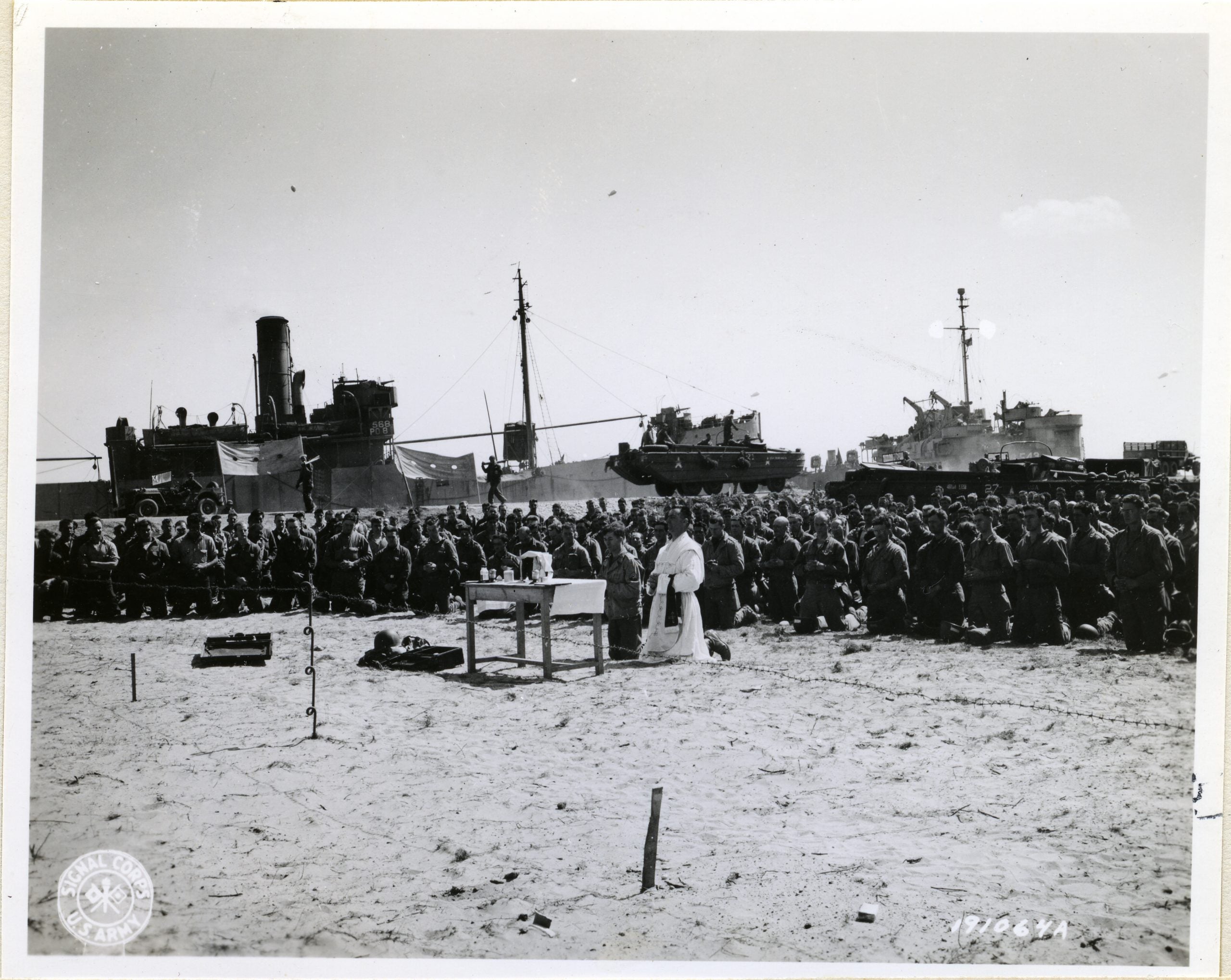
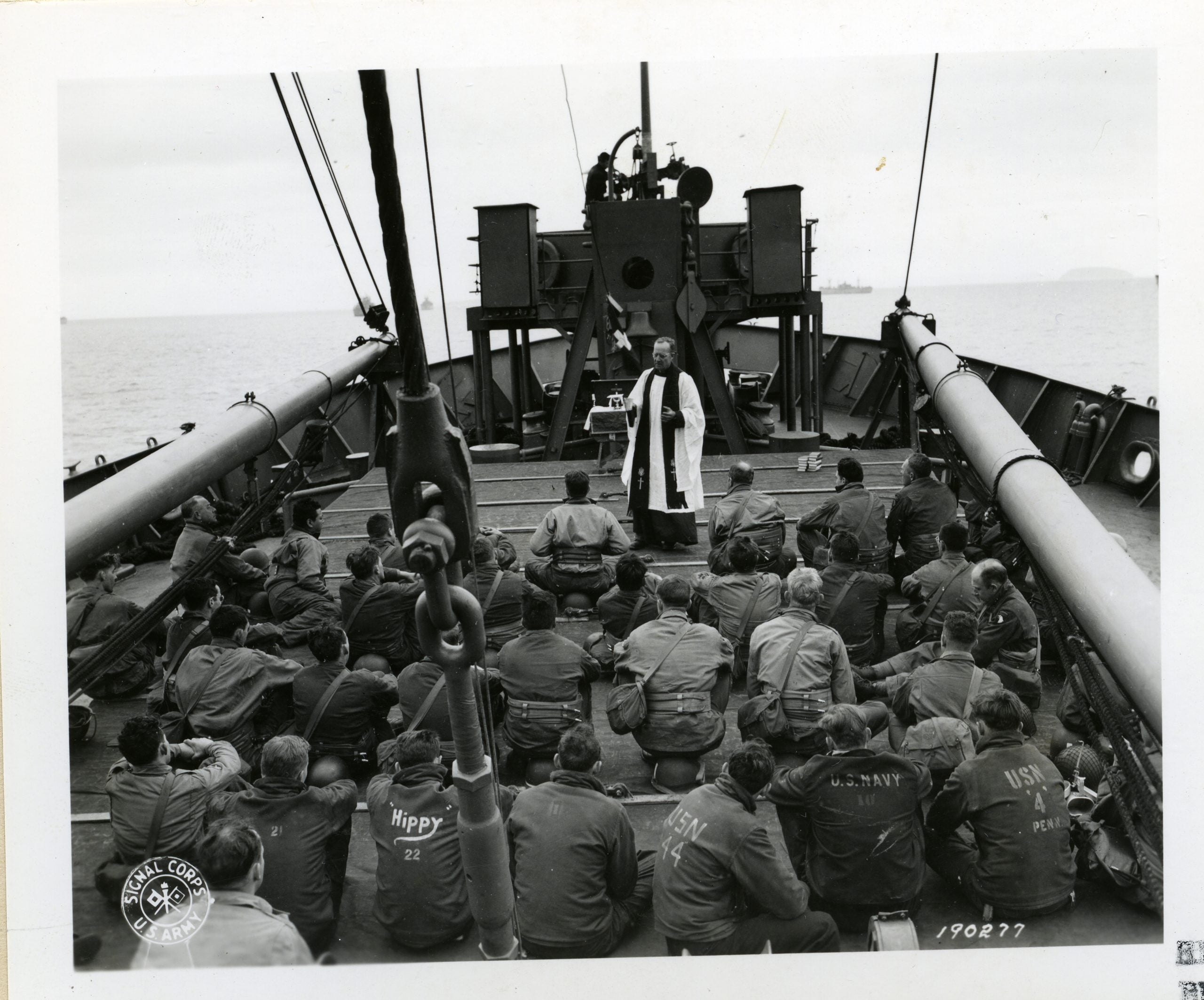
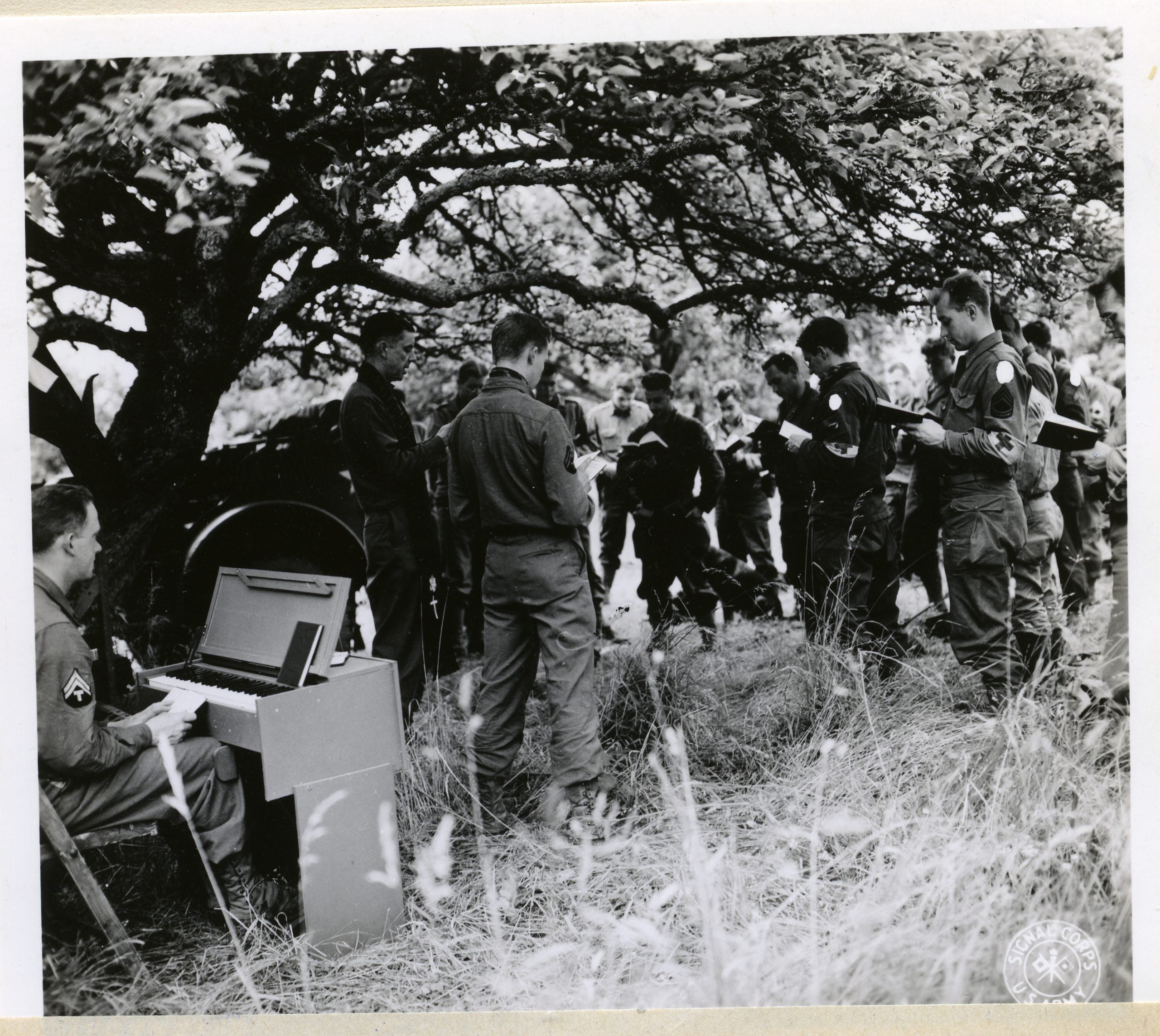
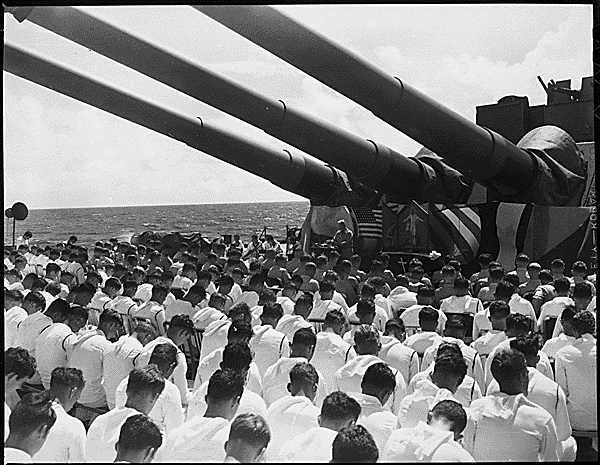
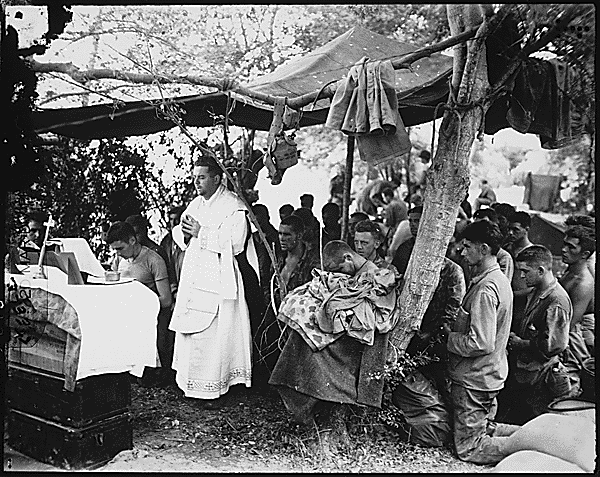
Faith and religious freedom were not just some nice “addition” to the American and Allied forces. These values have played a central role in America’s military from our very founding. America’s Founders took deliberate steps to meet the spiritual and religious needs of those serving in our military. That longstanding tradition has been present throughout our country’s military history and continues to this very day.
As we remember the sacrifice and service of those who served on D-Day, let’s not forget that a commitment to spiritual strength was needed to accomplish the mission. While tactical or physical readiness are paramount in military service, faith and spiritual fitness are what will keep our service members going strong.